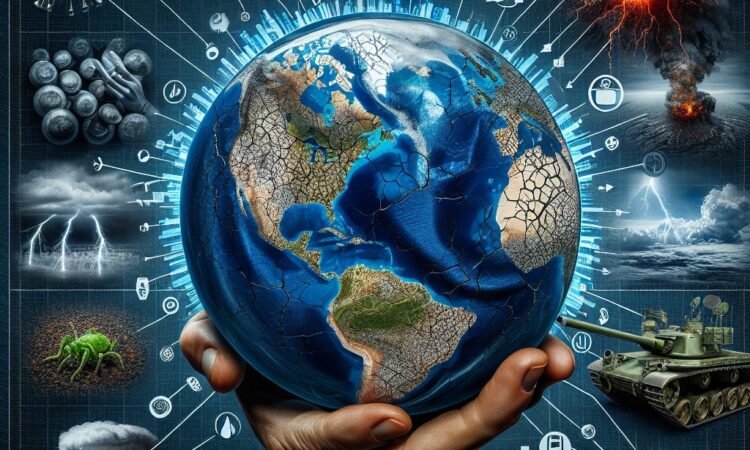Global Energy Crisis
The global energy crisis, which started in late 2021, has been characterized by high energy prices and shortages. This crisis is the result of a combination of factors that have put a strain on the global energy infrastructure.
One significant factor contributing to the energy crisis is the ongoing COVID-19 pandemic. This virus has caused disruptions in the global economy, leading to a decrease in energy demand. As a result, energy prices have skyrocketed, leaving many countries struggling to meet their energy needs.
In addition to the pandemic, the war in Ukraine has further exacerbated the global energy crisis. The conflict has disrupted energy supply chains and caused political tensions, resulting in supply shortages and price instability. Furthermore, it has highlighted the vulnerability of energy infrastructure to geopolitical conflicts.
Extreme weather events, such as hurricanes, wildfires, and heatwaves, have also played a role in the energy crisis. These events have damaged critical energy infrastructure, leading to disruptions in production and distribution. Additionally, the increasing frequency and intensity of these events, attributed to climate change, pose long-term challenges to the sustainability of the energy sector.
The global energy crisis is a complex issue that requires multi-faceted solutions. Governments, industries, and individuals need to prioritize renewable and clean energy sources to reduce dependency on fossil fuels. Additionally, investments in energy infrastructure, research, and development are crucial to ensure energy security and minimize the impact of future crises.
In conclusion, the global energy crisis, driven by factors such as the COVID-19 pandemic, the war in Ukraine, and extreme weather events, presents significant challenges for the world’s energy systems. Finding sustainable solutions and embracing renewable energy sources are essential for mitigating the crisis and building a more resilient and secure energy future.

